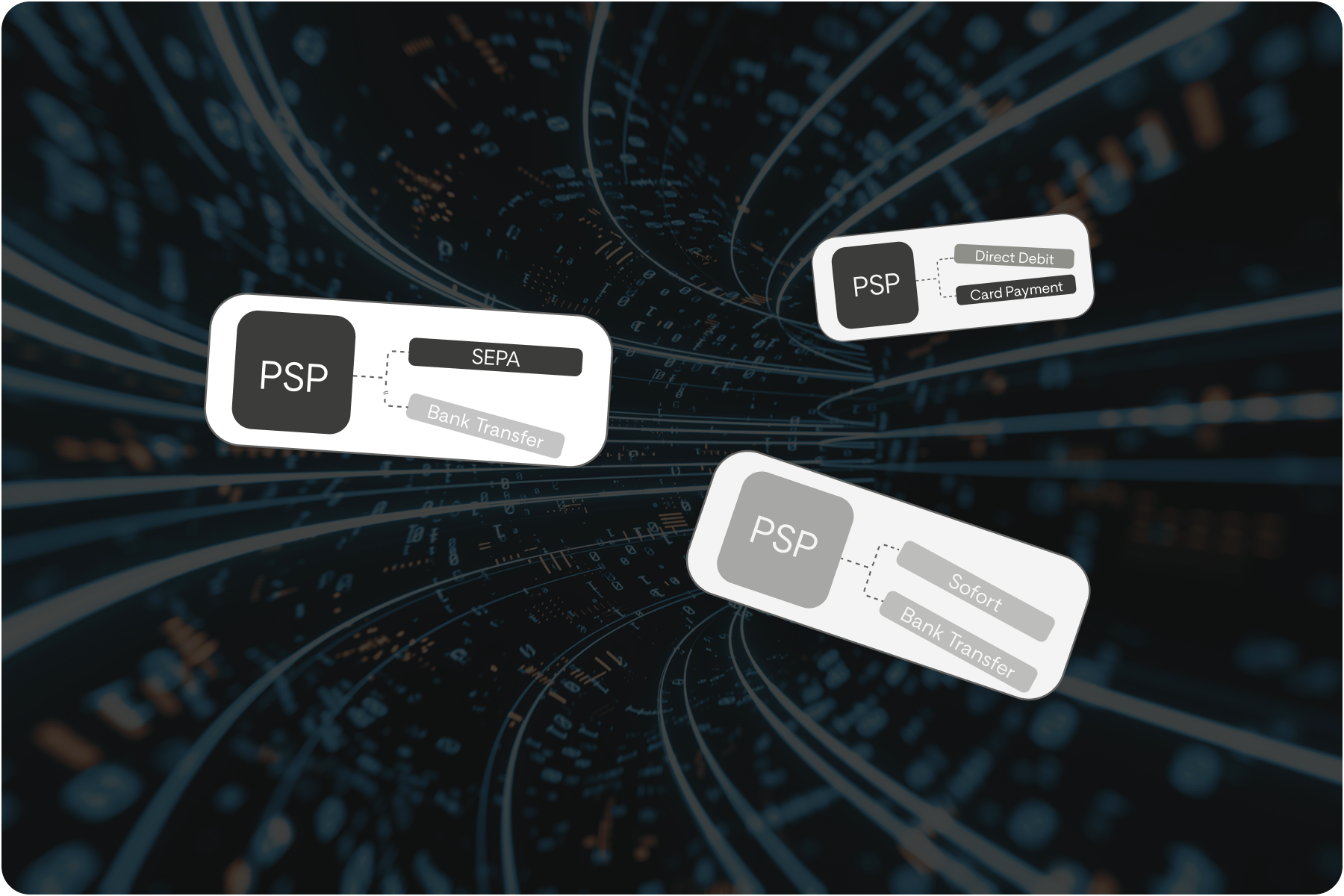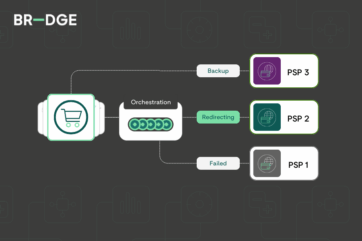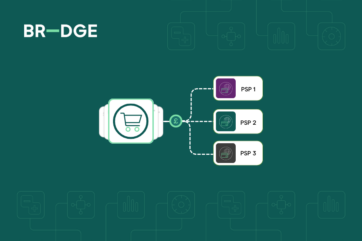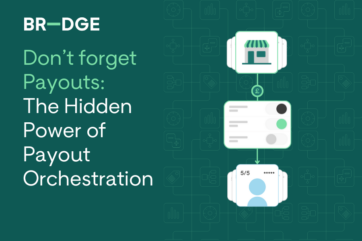
The greatest form of resilience is actually flexibility
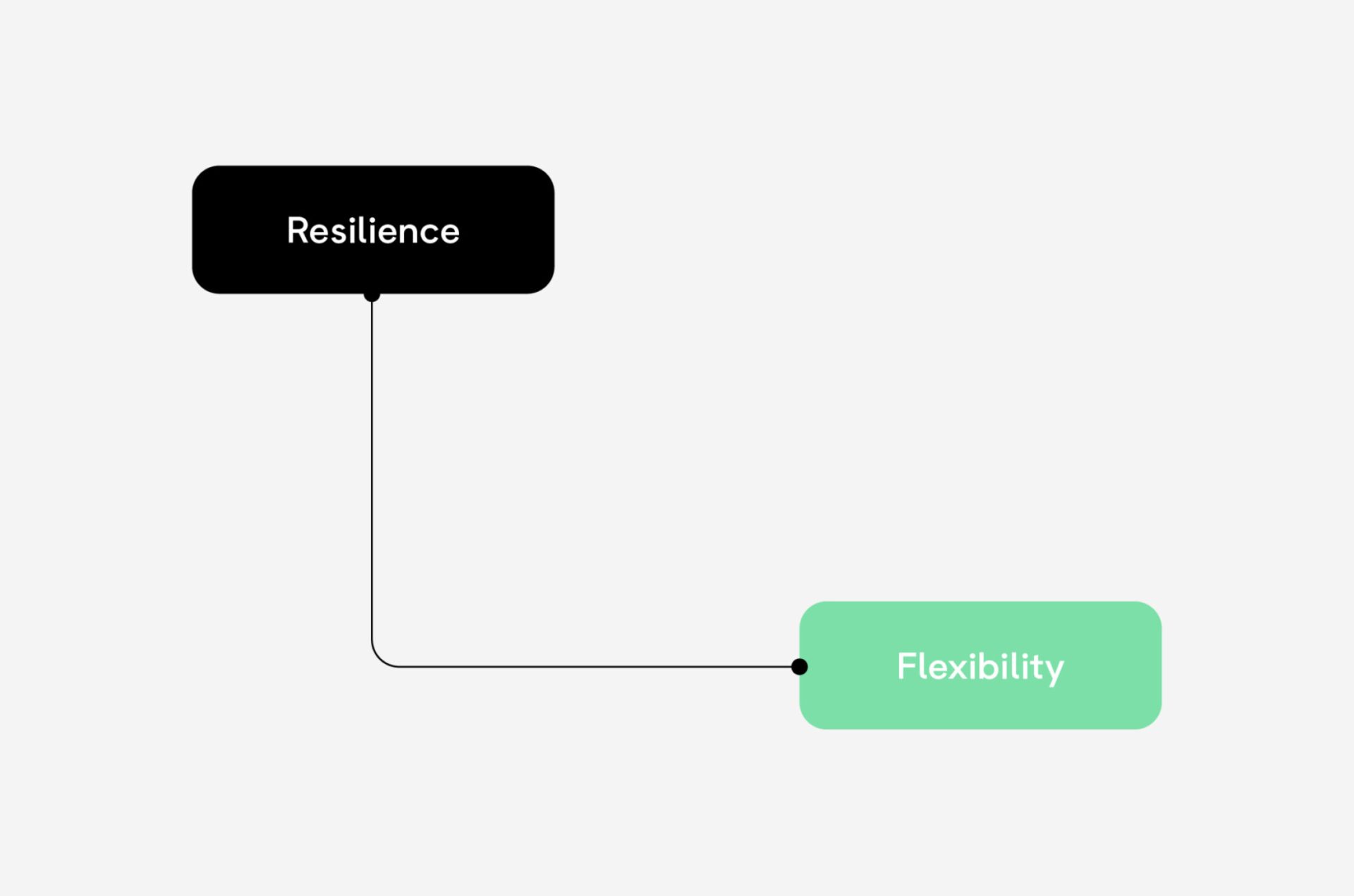
In a post-pandemic world, the most resilient payments players will be those with the flexibility to make dynamic, real-time changes.
Resilience has always been a major point of focus when it comes to payments. But the strength of your infrastructure can no longer simply be measured in terms of uptime, or the ability to keep operating without disruption in the face of technical issues or unpredictable events.
The past few months have seen merchants rethink what resilience really means for payments, and where disruption can come from. The risks from Covid-19 weren’t caused by a technical glitch. For many online sellers there was an abrupt and unprecedented change in consumer behaviour and expectation, that caused a rethink of the traditional rules of payments.
Suddenly, resilience became about flexibility.
The flexibility to accommodate consumer’s changing financial circumstances. Giving people the option to pause or skip payments in order to retain loyalty or compensate for services that were no longer available.
The flexibility to shift payment methods and pivot to card-only ways to pay. As people avoided cash during the peak of the pandemic and businesses needed to offer safer payment solutions, it became necessary to quickly accommodate increased transaction limits on card payments.
The flexibility to use payments as a means of encouraging loyalty during challenging times. Businesses that were already using loyalty programmes needed to change the way payments supported rewards. Points for travel were no longer desirable, but cashback on groceries would mean a lot more. Understanding consumers and pivoting to accommodate what they needed became an immediate priority.
The dynamic flexibility that enables businesses to change their processes according to changing customer needs is the new face of resilience in payments.
And the faster businesses recognise the true impact of payments end to end, the more resilient they will be in the coming months and years. This is where true competitive advantage lies, not just in the promise of 99.9999% uptime.
Companies looking to upgrade their payments systems will therefore need to change their criteria against the backdrop of learnings of the past few months.
– Having the ability to shift payment processes and introduce new ones as circumstances change.
– Creating the capacity and capability to learn from customer behaviours and pivot business processes accordingly.
– Introducing an agile payments infrastructure that allows for innovation and localised updates, without compromising brand recognition and trust.
So, what does the future hold?
Things have never felt more uncertain, or changed so quickly. But the most reliable and resilient businesses will be able to spend the next few months planning for the future, not worrying about the next potential technical glitch.
Payment orchestration is one way that innovative businesses are embracing flexibility and maximising it as part of a resilient infrastructure.
BR-DGE has been created to put payment control in the hands of the merchant, to manage payment service providers, consolidate internal reporting, build resilience and the ability to test new payment innovations and opportunities at speed.
It is a single integration that sits right at the heart of a resilient and flexible payments system.
The aim is to liberate eCommerce businesses so they can innovate at speed with new payment options and build greater resilience.
If you want to find out more about how BR-DGE can help your businesses become more resilient through flexibility, get in touch with our team.
Related content
